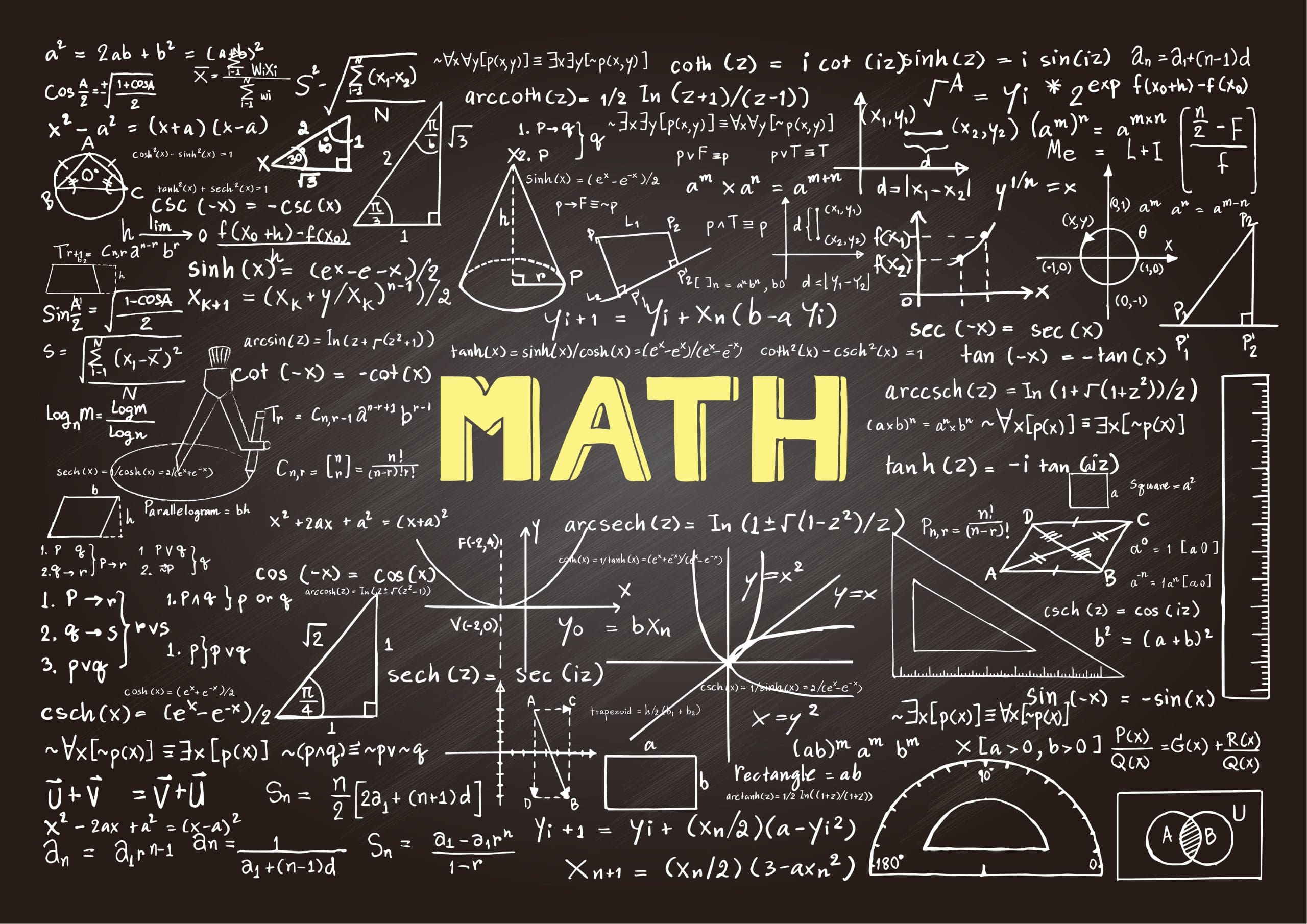Mathematics: Understanding and Overcoming Math Phobia
The primary reason why a lot of African students hate mathematics is that it is introduced to them as a complex and abstract subject. In this blog, I’m going to explain the concept of mathematics differently and give specific insights on how to overcome math phobia.
Mathematics is a remarkable field that plays a role in every aspect of our existence, from governing the simplest models to the most complex algorithms. However, many students from various backgrounds face challenges with math due to factors such as teaching methods, lack of resources, personal learning preferences, misinformation, etc.
According to Britannica, mathematics is the science of structure, order, and relation that has evolved from the elemental practices of counting, measuring, and describing the shapes of objects. Mathematics is more than the vague world of complex equations and mathematical calculations that we probably think it is, as learned and memorized in our African schools. It is rather a language that helps us to master the mechanisms by which the universe operates, just as it applies to learning a new language or mastering mindfulness or yoga principles. The Ancient Babylonians started the invention of mathematics, as is told in the history of mathematics. Johannes Kepler used mathematics to model his observations of the planets and, by doing so, developed a fairly accurate model of the solar system. This alone demonstrates just how important mathematics is in our world and for the future.
To understand the concept of mathematics better, let me walk you through the history and development of mathematics, plus some areas where math is interwoven with.
Mathematics From the Early Years
Mathematics started with the ancient Babylonians and went through several civilizations and cultures, and during this time, many people contributed to its development. Some of them were Plato, Pythagoras, Euclid, and Archimedes.
In the early years of learning mathematics, children were introduced to basic concepts that formed the foundation for more advanced mathematical thinking. Some of the early concepts that were introduced back then included: counting and numbers, basic arithmetic, shapes and geometry, measurements, patterns and sequences, time, money, etc. In those days, they focused the teaching of mathematics on making learning enjoyable and engaging. It mostly comprised hands-on activities, games, and real-world examples that helped learners grasp concepts, but can we say the same now?
A lot has changed.
What has changed?
Mathematics has evolved significantly over the years, from basic counting and arithmetic to more complex mathematical concepts and computations.
In the 21st century, we have advanced concepts that involve advanced tools and technology, abstract mathematics like algebra, category theory, and topology; new fields like cryptography, chaos theory, and fractal geometry; advanced computer graphics and visualization tools; and so many more unimaginable developments.
Now let’s talk about a few areas that math is interconnected with. This would explain the math concept’s universal view and its interconnectedness with other fields. This will shed light on why many students have the phobia.
Mathematics and Natural Phenomena
Mathematics as a subject has provided the means to quantify and analyze the relationships that exist among various natural things. From describing the motion of celestial bodies to modeling the growth of populations, scientists have helped to make predictions and draw conclusions about how the universe works. Many physical laws and theories, like Newton‘s, are expressed through mathematical equations that predict natural phenomena. Some models that describe natural phenomena include: The growth model, which uses a differential equation to describe the growth of a population while accounting for limited resources, the wave equation, which describes how waves such as sound or light propagate through a medium, etc.
These interactions are natural happenings, but mathematics has helped scientists understand them, improve them, and alter some as necessary.
Math and Creativity
The essence of mathematics is thinking creatively, not simply arriving at the right answer. This is where most of our African teachers have failed to instill discipline in their students. Our system has stuck to rote memorization like a plague, and this has impeded the creative development of students. Mathematical creativity is difficult to develop if one is limited to rule-based applications without recognizing the essence of the problem to be solved.
Many mathematicians describe their work as a blend of logical reasoning and imaginative thinking. Creative insights can lead to the development of new theorems, problem-solving strategies, and innovative applications of mathematical concepts. This greatly helped the early mathematicians. So, while mathematics is rigorous and systematic, creativity plays a significant role in bringing out its beauty.
How does mathematics work with other fields to produce creative things?
Artists might use mathematical principles like symmetry, fractals, and the golden ratio to create visually pleasing compositions. They also use some mathematical algorithms to create stunning designs in fractal art. Musical harmony is based on mathematical ratios between frequencies. Chords and intervals are determined by mathematical relationships, and composers use these ratios to create harmonious melodies and complex musical structures. Also, many architectural designs incorporate symmetry and mathematical proportions to create visually striking buildings that are both functional and aesthetically pleasing.
Other areas where math is seen include: culture, technology, symmetry, patterns, etc
“Math fear”: What it is and tips on how to overcome it
”Math fear”, also known as “math anxiety”, refers to a feeling of apprehension, or tension that some individuals experience when faced with mathematical tasks, problems, or situations. It is a psychological reaction in people when they see math as difficult.
In African classrooms, this phobia is commonly seen among students. This is usually due to several reasons, which may include, teaching methods, inability to solve mathematical problems, poor teacher-student relationships, giving too many assignments, non-application of potent instructional materials, use of abusive words, poor mathematics background, students’ negative attitudes towards mathematics, inadequate teaching style, etc.
With these tips, one can adequately learn to overcome the anxiety that builds up whenever math problems are encountered and eventually learn to solve math problems effectively.
- The first step to overcoming any kind of obstacle or fear of any kind is to develop a growth mindset towards that problem. So you have to embrace the idea that you can be better at math with consistent efforts.
- The next thing you would want to do is to start small. Baby steps produce massive results when done consistently. You can start practicing for a few minutes and grow every day.
- Practice regularly. This tip is very important. You have to continue to practice every day until you see yourself getting better. You can also go over a problem over and over again until you learn.
- It is also very important that you try to understand each of the concepts you come across before attempting to solve them. This makes math easier to learn.
- Get a mentor. This step is as crucial as others. A mentor will give you guidance, motivation, and support to help you climb the ladder of success. At WAAW Foundation, we provide mentorships for our fellows and volunteers. To sign up to be mentored or be a mentor yourself for WAAW Foundation, visit mentorship.
Mathematics is a powerful language, subject, and interaction that goes well beyond merely computing abstract calculations. A thorough understanding of mathematics as being universal is a tremendous step towards the discovery of the many viable uses it can serve.
For students to fully embrace mathematics, a lot of work would have to be put in by both the student and the teacher. The student can follow the tips I’ve given to play their role and the teacher can learn to be better by following up with ways to stay on top of teaching trends, attending teacher training workshops, etc.


